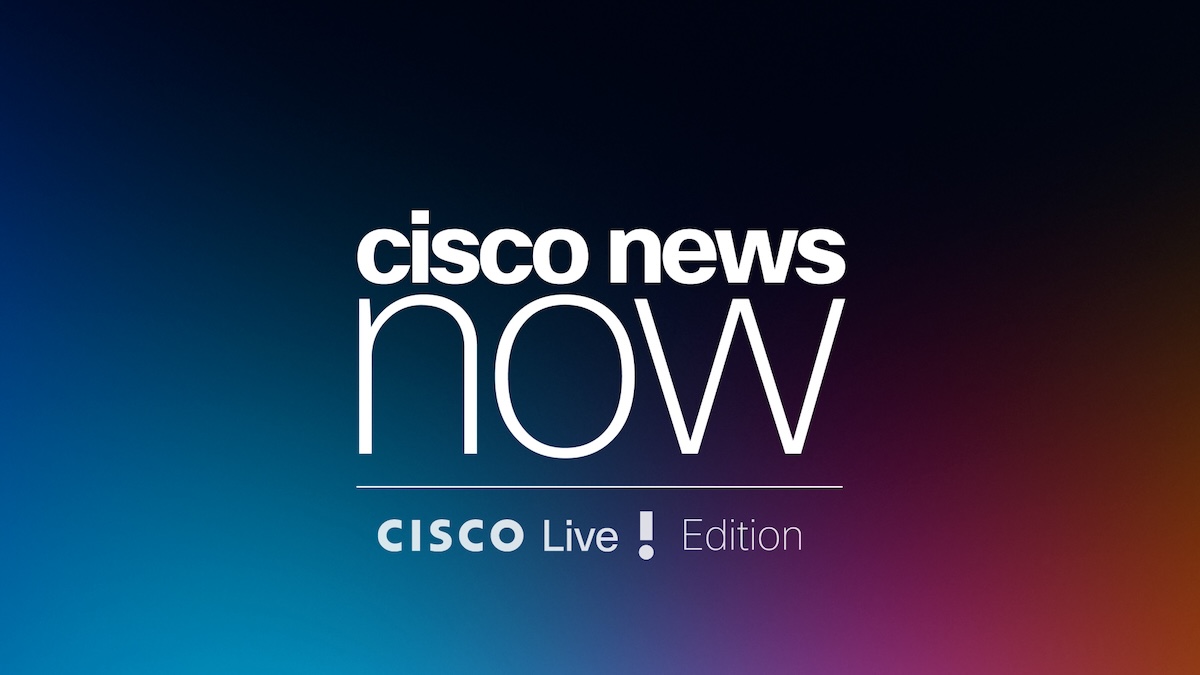SAN JOSE, Calif., Nov. 14, 1994 -- Cisco Systems has introduced twoproducts designed to let remote branch offices in IBM environments accessSNA networks more efficiently and cost-effectively via frame relay networks.
Cisco has added SNA support for RFC 1490, the IETF standard for directencapsulation of multiple protocols over frame relay networks, to its
SNA Over Frame Relay: Have It Your Way With RFC 1490
Cisco routers will extend support of RFC 1490 to SNA as of firstquarter 1995, allowing direct encapsulation of SNA traffic over frame relaynetworks as an alternative to encapsulation in the TCP/IP protocol.Thisgives Cisco users three options for transporting SNA over frame relay:First, the user can achieve direct layer 2 router-to-FEP connectionusing RFC 1490 encapsulation. This approach is attractive forstar-topology networks where frame relay-to-FEP interoperability isdesired. Because Cisco's RFC 1490 implementation is fully interoperablewith FEPs, a remote Cisco router can communicate with the FEP without goingthrough another router at the FEP site and without requiring costlyupgrades to the SNA devices at the remote site. Direct FEP connection takesadvantage of the FEP's support of RFC 1490, which requires a single-PVC(permanent virtual circuit) per SNA data-link connection.
Second, the user can utilize RFC 1490 as a new option for Cisco'sRemote Source Route Bridging (RSRB) software. This approach, supportedonly by Cisco, is also well suited for star-topology networks but it avoidsthe cost of upgrading the FEP as well as the remote SNA devices. Thisoption provides greater functionality than basic source route bridgingbetween routers over frame relay (with such features as broadcast andhop-count reduction and custom queuing), and incurs lower frame relaycharges by using a single PVC for all of the router's SNA data-linkconnections. In addition to RSRB, direct RFC 1490 encapsulation supportwill be offered for Cisco'sDLSw+ in the future.
Finally, SNA can be encapsulated in IP using Cisco's RSRB and new DLSw+Data Link Switching software. This approachprovides enhanced availability features (such as local sessionacknowledgement and the ability to re-route without session loss) andscalability for fully meshed network topologies. It also provides framerelay cost savings by supporting any-to-any connectivity using a singlePVC.
RFC 1490 support will be a standard, no-extra-cost feature in all CiscoIOS feature sets for the Cisco 2500 series and 4000 series router families;and in Cisco's packet switching software option for the Cisco 7000 family and AGS+ routers.
CFRAD Can Be Upgraded to Full-Fledged Router
Cisco's new CFRAD is designed to economically address the needs ofusers replacing SDLC leased lines with frame relay to reduce costs inlegacy SNA applications. Based on the proven hardware of the Cisco 2500remote access router, the unit has two serial ports: one connects to theSDLC device, the other to the frame relay network.The CFRAD supports full SNA-over-frame relay IOS functionality throughthe three options discussed above, and at the same time meets the immediaterequirements of users who, while they may someday need full-scalemultiprotocol routing, now simply wish to replace costly SDLC links withframe relay. Unlike traditional FRADs, the CFRAD lets the user simplyupgrade the unit's IOS version (and memory, if required) rather thanreplacing the platform when his requirements grow to include LAN routing.
The CFRAD also supports key performance and availability features suchas conversion of SDLC to Ethernet or Token Ring, local acknowledgement ofSDLC sessions, prioritization of SNA traffic, and SNMP management.
The CFRAD comes in two models, both available immediately. The Cisco2501CF, priced at $1,795, can be software upgraded to support Ethernetrouting. The Cisco 2502CF, priced at $2,295, can be software upgraded tosupport Token Ring routing. Both units include two serial ports, 2 MB ofFlash EPROM and 2 MB of system DRAM.
Cisco Systems,Inc., headquartered in San Jose, Calif., is the leadingglobal supplier of internetworkingproducts, including routers, bridges,workgroup systems, ATM and Ethernet switches, dial-up access servers,software routers and router management software. These products are used tobuild enterprise-wide internetworks linking an unlimited number ofgeographically dispersed LANs, WANs and IBM SNA networks. Cisco'sInternetwork Operating System (IOS) technology, found in more than 250,000installed Cisco units and in the products of over 20 partners, is the defacto industry standard for data transmission. In the U.S., Cisco is tradedover the counter under the Nasdaq symbol CSCO. A member of the S&P 500 andFortune 500, Cisco in fiscal 1994 logged sales of $1.2 billion.
Posted: Wed Dec 9 12:11:38 PST 1998



